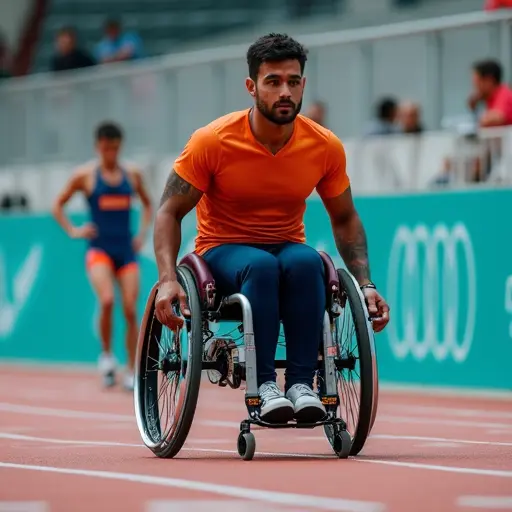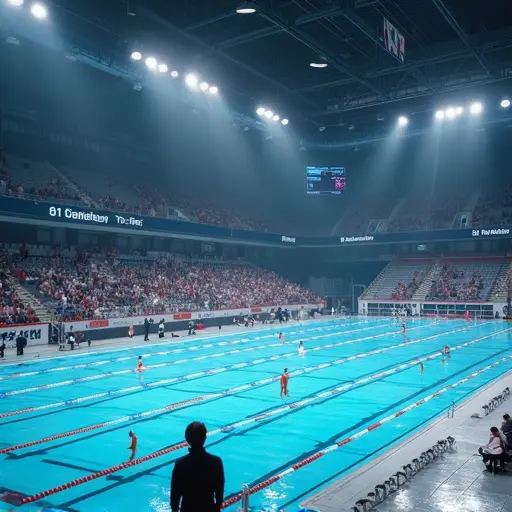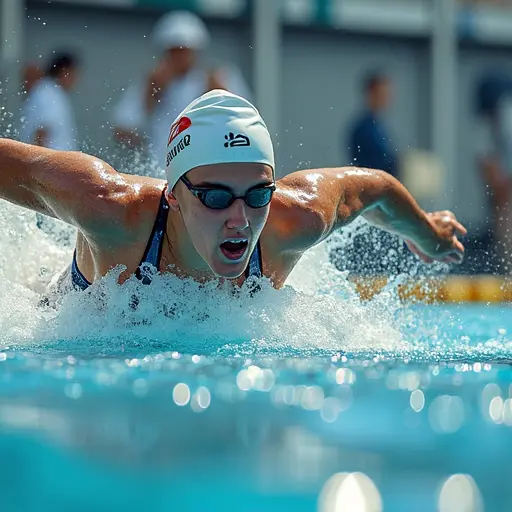
The Wearable Revolution in Sports
Advanced sensors embedded in athletic wearables now deliver real-time biomechanical data to coaches, revolutionizing training methods across professional and amateur sports. These devices track muscle activation, joint angles, force distribution, and movement efficiency with millisecond precision during actual gameplay.
How the Technology Works
The latest generation of smart fabrics and skin patches contain:
- Inertial measurement units (IMUs) tracking 3D movement
- EMG sensors monitoring muscle activation
- Pressure sensors measuring force distribution
- Cloud-connected processors for instant analytics
At the University of Virginia's inaugural Sports Research Summit, Professor Natalie Kupperman showcased the HOOS Innovation Lab where her team develops athlete-centered technology. "We're moving beyond basic fitness metrics into true biomechanical intelligence," she explained.
Game-Changing Applications
Injury Prevention
Systems like Biocore's Digital Athlete Program combine wearables with AI to predict injury risks. Their NFL collaborations have reduced concussions by 12% and lower-limb injuries by 18% through movement pattern analysis.
Performance Optimization
Hudl's platform processes data from 230,000+ teams worldwide. Director Matt Edwards noted: "Coaches receive alerts when athletes deviate from optimal mechanics during games - something impossible with video review alone."
Talent Development
Springbok Analytics creates 3D muscle maps from MRI scans combined with wearable data. "We identify asymmetries and growth potential invisible to the naked eye," said researcher Olivia DuCharme.
Ethical Frontiers
As adoption grows, debates intensify around:
- Data ownership rights for athletes
- Privacy protection for minors in youth sports
- Algorithmic bias in performance assessments
UVA's Responsible AI group led by Professor Tom Hartvigsen is developing ethical frameworks for sports tech. "Transparency in how data influences decisions is crucial," he emphasized.
The global sports wearable market is projected to reach $20.6 billion by 2028 as professional teams, Olympic programs, and even high schools integrate these systems into daily training regimens.

 Nederlands
Nederlands
 English
English
 French
French
 Deutsch
Deutsch
 Espaniol
Espaniol
 Portugese
Portugese








